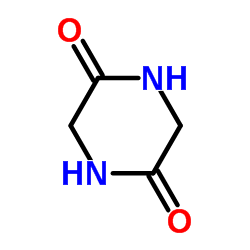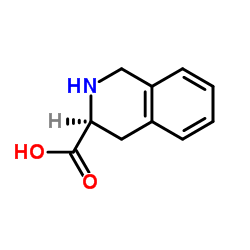| Structure | Name/CAS No. | Articles |
|---|---|---|
 |
Glycine Anhydride
CAS:106-57-0 |
|
 |
H-Tic-OH
CAS:74163-81-8 |